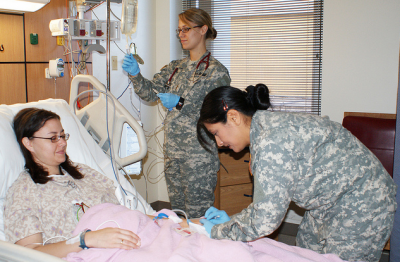
The solar system is made up of our star called the sun, and everything that travels, or orbits, around it. This includes eight planets and their moons, dwarf planets, asteroids, comets, and smaller bits of rock and dust. The solar system is one of many solar systems that exist in the Universe.
Beyond our own solar system, there are more planets than stars in night sky. So far, we have discovered thousands of planetary systems orbiting other stars in the Milky Way, with more planets being found all the time. Most of the hundreds of billions of stars in our galaxy are thought to have planets of their own, and the Milky Way is but one of perhaps 100 billion galaxies in the universe.
While our planet is in some ways a mere speck in the vast cosmos, we have a lot of company out there. It seems that we live in a universe packed with planets — a web of countless stars accompanied by families of objects, perhaps some with life of their own.
Gas planets: The four outer planets – Jupiter, Saturn, Uranus, and Neptune –are the largest planets in the Solar System. They are mostly made of gas and spacecraft are unable to land on them. Jupiter is the largest planet in our solar system. It has a radius almost 11 times the size of Earth. It has 50 known moons and 17 waiting to be confirmed, according to NASA. Saturn is about nine times Earth's radius and is characterized by large rings; how they formed is unknown. It has 53 known moons and nine more awaiting confirmation, according to NASA. Uranus has a radius about four times that of Earth's. The planet has 27 moons, and its atmosphere is made up of hydrogen, helium and methane, according to NASA. Neptune also has a radius about four times that of Earth's. It has 13 confirmed moons and an additional one awaiting confirmation, according to NASA.
Asteroids: Asteroids are lumps of rock and metal left over from when the solar system first formed. Most can be found in the asteroid belt, which is located between the planets Mars and Jupiter. There are millions of asteroids in our Solar System. Scientists estimate the asteroid belt has between 1.1 and 1.9 million asteroids larger than 1 kilometer (0.6 mile) in diameter, and millions of smaller ones. Most of the undiscovered asteroids are likely the smaller ones (less than 100 km across) which are more difficult to detect. Some astronomers estimate there could be 150 million asteroids in the entire Solar System.
Rocky planets: Closest to the sun are the four rocky planets-Mercury, Venus, Earth and Mars. They all began their existence in the same way, but over time became very different worlds. They are the closest four planets to the Sun. They are made of rocks and metals. They have a solid surface and a core which is mainly made of iron. They are much smaller than the gas planets and rotate more slowly.
Super-sized: The solar system is so big that if the sun were the size of a basketball, the earth would be the size of a sesame seed – and it would be located more than 25 m (80 ft) away! The Earth is the largest of the four inner, rocky planets in our Solar System, at more than 12,000 km in diameter. But even at this size, Earth is dwarfed by all four of the gas giant planets, which range in size from Neptune (at nearly 4 times the size and 17 times the mass of Earth) all the way up to our Solar System's giant, Jupiter, with more than 11 times the Earth's diameter and over 300 times its mass.
Dwarf Planets: Dwarf planets, such as Pluto, also travel around the sun; these worlds are smaller than the other planets. Scientists think there may be dozens of undiscovered dwarf planets hiding in the solar system. It is possible that there are another 40 known objects in the solar system that could be rightly classified as dwarf planets. Estimates are that up to 200 dwarf planets may be found when the entire region known as the Kuiper belt is explored, and that the number may exceed 10,000 when objects scattered outside the Kuiper belt are considered.
Picture Credit : Google














